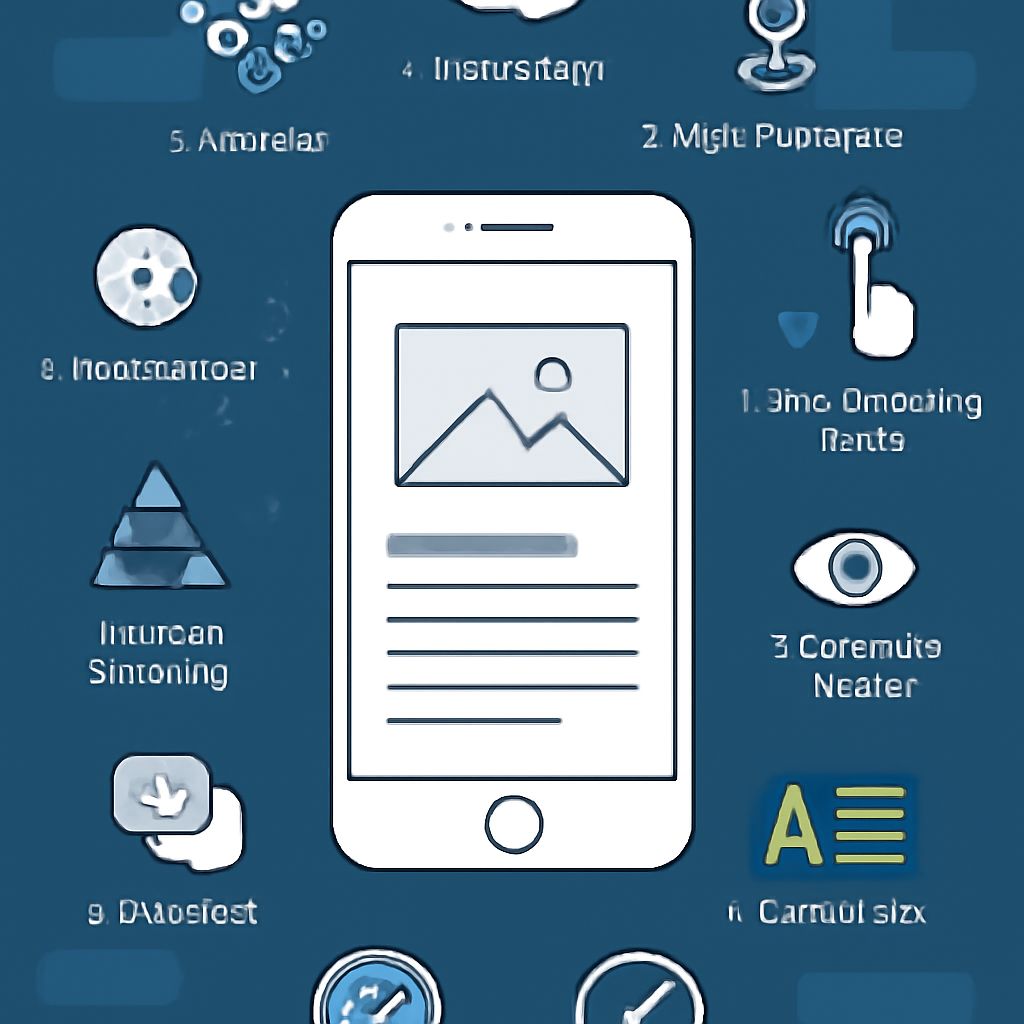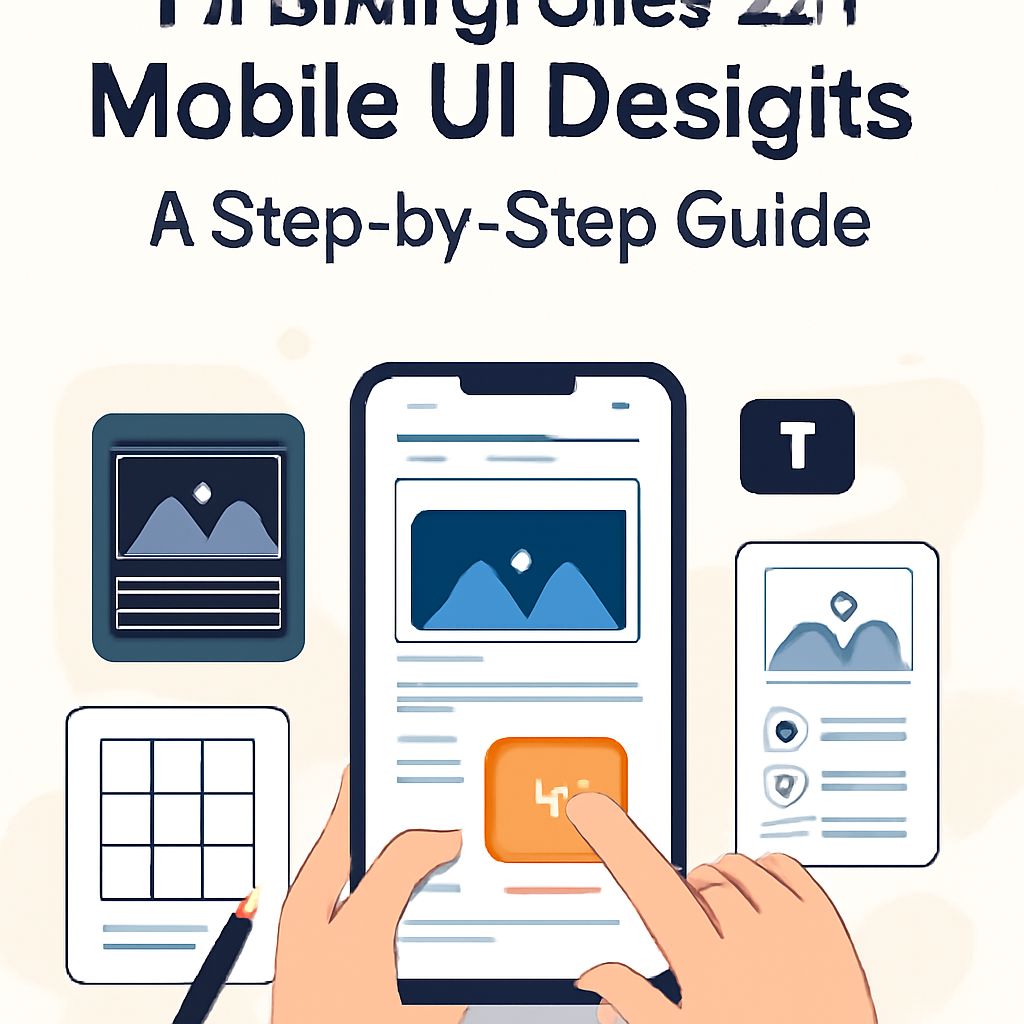Introduction
Mobile UI design is pivotal in shaping the user experience on mobile devices. With the rise of smartphones and tablets, crafting a sleek and intuitive interface is essential for app success. This article explores the key elements to consider while designing mobile UI and how to unlock the magic that keeps users engaged.
Understanding Mobile UI
Mobile UI design focuses on creating user-friendly, aesthetically pleasing interfaces for mobile apps. It requires a deep understanding of user behavior and platform-specific guidelines to deliver optimal experiences.
- User-Centric: Prioritizes user needs and preferences
- Platform-Specific: Adapts to iOS and Android design guidelines
- Responsive: Ensures flexibility across different screen sizes and orientations
Key Elements of Effective Mobile UI
Designing effective mobile UI requires a balance of aesthetics and functionality. Below are the core elements that contribute to intuitive mobile interfaces:
Simplicity
A simple interface reduces cognitive load, making it easier for users to navigate and interact with the app. Use minimalistic design principles to keep the layout clean and focused.
Consistency
Consistent design elements such as buttons, fonts, and colors enhance usability by providing a familiar experience across different app screens.
Intuitive Navigation
Navigation should be straightforward and intuitive. Use familiar icons and gestures to guide users through the app effortlessly.
- Breadcrumbs: Provide context and easy access to previous screens
- Hamburger Menu: A compact way to access app sections
- Tab Bar: Offers quick navigation for primary app functions
Creating a Visual Hierarchy
Visual hierarchy helps users focus on the most important information first. Use size, color, and spacing strategically to guide users’ attention.
| Element | Approach |
|---|---|
| Typography | Differentiate headings, subheadings, and body text |
| Color Contrast | Highlight primary actions and important information |
| Whitespace | Improve readability and reduce visual clutter |
Ensuring Accessibility
Accessibility enhances user experience for all users, including those with disabilities. Follow accessibility guidelines to make your app inclusive:
- Provide alternative text for images
- Ensure sufficient color contrast for readability
- Support screen readers
Prototyping and Testing
Rapid prototyping and user testing are crucial in mobile UI design. These processes allow designers to validate assumptions and refine interfaces based on real user feedback.
FAQ
Why is visual consistency important in mobile UI design?
Visual consistency ensures that users feel comfortable navigating the app, as they encounter familiar elements that function in predictable ways.
How can I make my mobile UI design more intuitive?
Use familiar design patterns and clear navigation cues, and prioritize essential functions to guide users seamlessly through the app.
What are the top tools for mobile UI design?
Figma, Sketch, and Adobe XD are popular tools for mobile UI design, providing features for prototyping and collaboration.
How do responsive designs benefit mobile UI?
Responsive designs ensure that your interface adjusts correctly to different screen sizes, offering a consistent user experience across devices.
What are the top challenges in mobile UI design?
Balancing aesthetics with functionality, ensuring accessibility, and designing for diverse devices are some of the top challenges.
Conclusion
Crafting sleek and intuitive mobile UI interfaces requires a thoughtful approach to design elements, navigation, and accessibility. By understanding user needs and maintaining consistency, designers can create magical experiences that captivate users and enhance their interaction with mobile applications. Remember, the key to effective mobile UI is balancing beauty and usability to unlock the full potential of your app.




